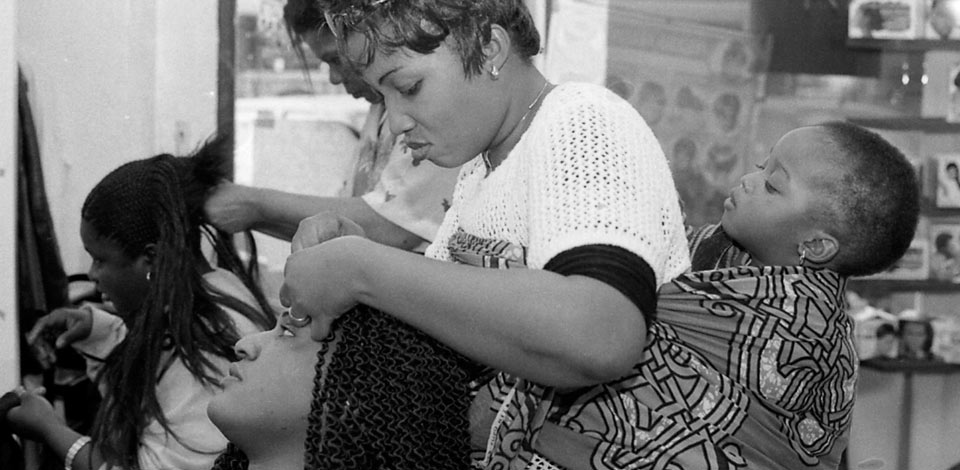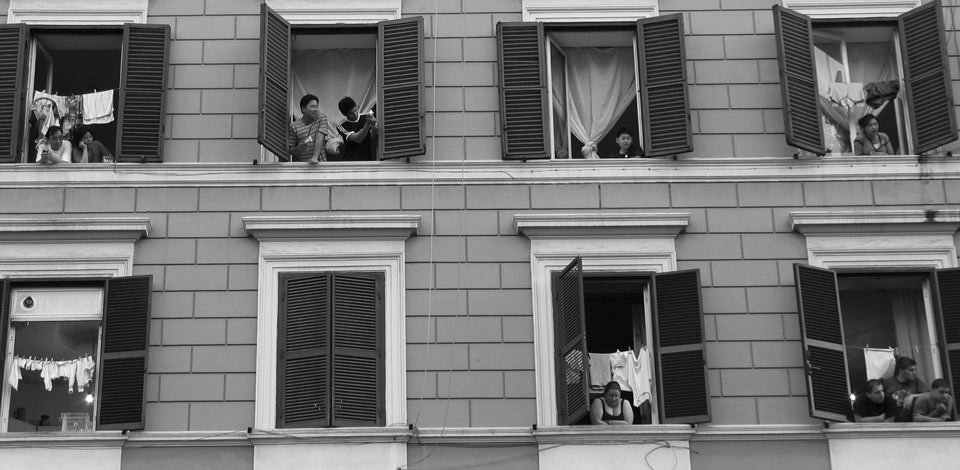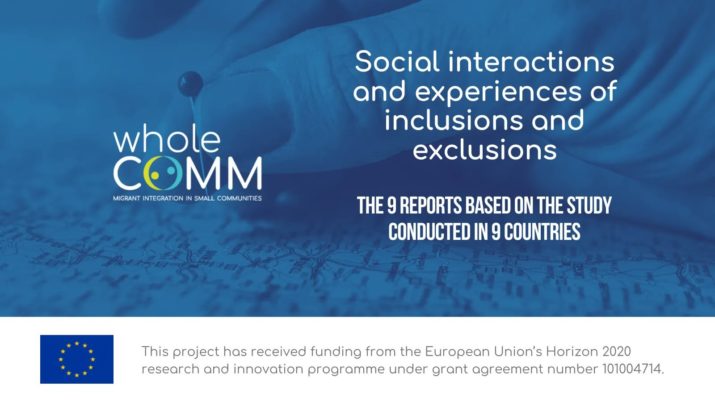Nell’ambito del progetto Whole-COMM è appena stato pubblicato il report sull’Italia “Social relations, individual attitudes and migrant integration experiences in small and medium-sized towns and rural areas in Italy” che sulla base dei dati raccolti, analizza il ruolo che specifici contesti locali possono svolgere nel plasmare gli atteggiamenti individuali, le relazioni sociali e, di conseguenza, le esperienze di integrazione dei migranti post-2014 nelle città di medie dimensioni e nelle aree rurali (SMsTRA).
Abstract
The objective of this country report is to understand the role that specific local contexts can play in shaping individual attitudes, social relations and consequently integration experiences of post-2014 migrants (i.e., migrants who have arrived in Italy after 2014 through the channel of asylum) in Medium-sized Towns and Rural Areas (SMsTRAs). Specifically, we focus on the following contextual factors: a) the social dimension, including the individual and the group-level factors; b) the ideational-political dimension; c) the governance dimension, including the impact of housing and labour market; d) the spatial dimension.
Primarily based on interviews, focus groups and participatory observation conducted in each of the six selected municipalities, the report provides an overview of:
- the selected localities with a brief recollection of main political, socio-economic and demographic aspects investigated in the previous Work Packages (WP3 and WP4);
- individual attitudes, social relations and post-2014 migrants’ integration experience in each target locality;
- the explaining factors analysed in a comparative perspective;
- the impact of Ukrainian refugee crisis.
When we compare localities, the main difference in terms of post-2014 migrants’ inclusion runs along local political tradition: in localities with a conservative tradition natives’ attitudes towards post-2014 migrants are rather negative, post-2014 migrants appear more marginalised and their relations with the local communities are poorer than in localities with a progressie tradition.
Also local economies play a significant role. First, agriculture, which is a major sector of employment for post-2014 migrants in two out of six localities, is by far the economic sector which exposes migrants to the highest risk of socio-economic marginalisation. Second, the idea of post-2014 migrants as competitors in the labour market, although marginal, gains some ground in more economically disadvantaged localities and social strata. In contrast, the size of the municipality and demographic trends do not appear crucial for the explanation of post-2014 migrants’ inclusion dynamics. Similarly, the long-standing presence of foreigners in the locality does not appear relevant in increasing local community’s familiarity with cultural diversity. However, in medium towns the previous cohorts of migrants have transformed some portions of the urban space making them more diversity-friendly (eg. modes of use of the public space, ethnic shops, etc) and, as a consequence, more accessible for post-2014 migrants. Overall, significant relations (i.e., sharing spare time or providing support) between post-2014 migrants and natives generally develop in a limited range of social environments, i.e.: the “solidarity world” that is made up of volunteers and social workers; workplaces; sport activities; and school for those post-2014 migrants who arrived in Italy as unaccompanied minors. Those relations with natives are important to overcome discrimination and access better quality housing solutions and jobs.
Consistent with the poor inter-group relations, interactions between post-2014 migrants and locals in the public space are very limited. They seem to be hampered by economic barriers, the socio-economic distance existing between the two populations, the generational gap due to the native population’s ageing and the lack of public places where to share activities.
Finally, the arrival of Ukrainian refugees has highlighted a sort of double standard in the reaction of the local community since they have been met with locals’ more favourable attitudes and a greater supportive mobilisation compared to post-2014 migrants coming from Africa and South Asia. At the same time, these recent inflows show how the adoption of simpler bureaucratic procedures and the possibility of moving and being employed without any constraint foster migrants’ inclusion in SMsTRAs.
Authors: Irene Ponzo, Silvia Carbone and Orlando De GregorioDownload the paper








